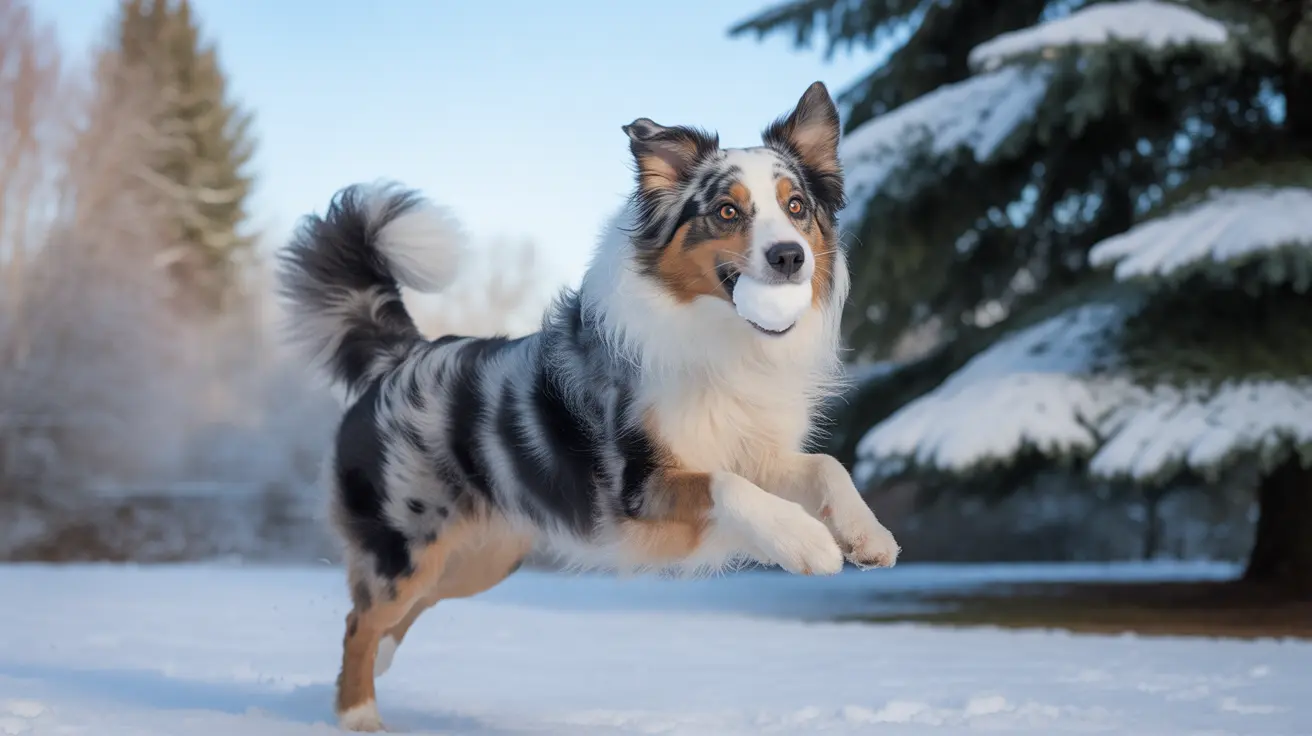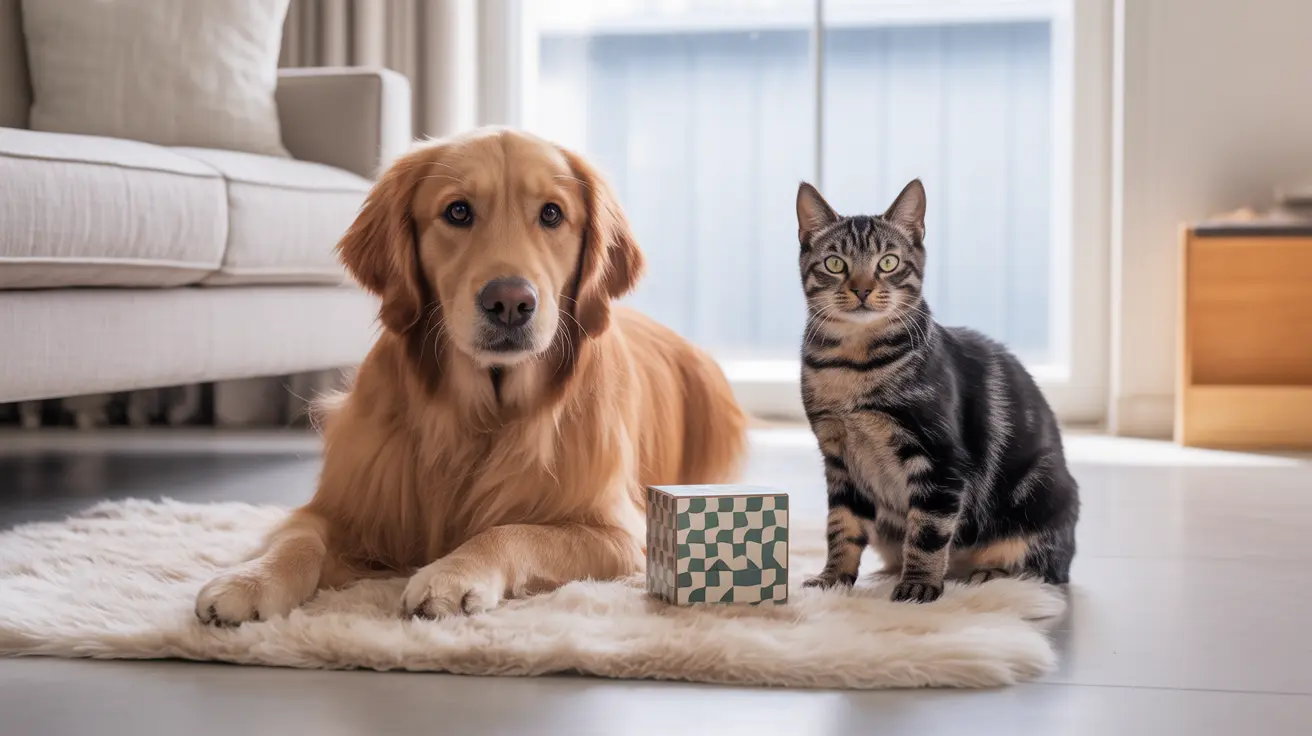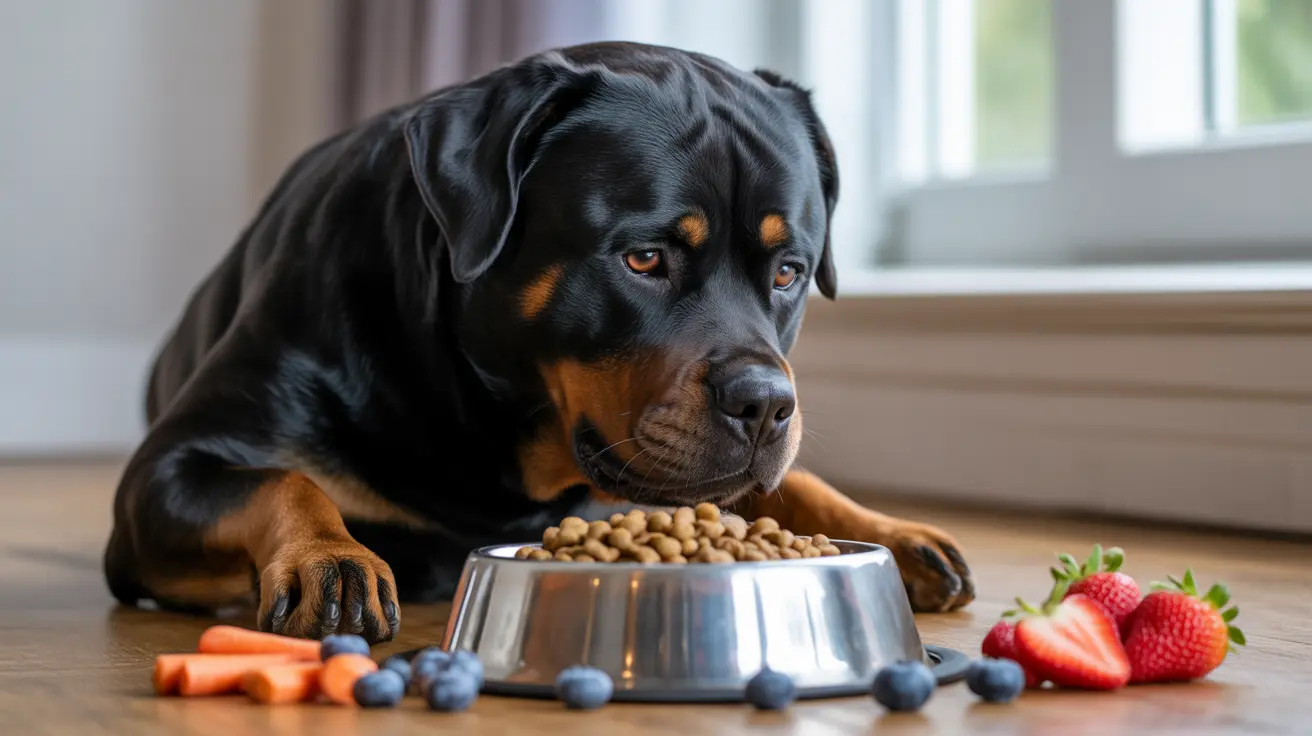Can Dogs Eat Gravy? Here's What Pet Owners Should Know
Gravy is a staple in many households, especially during the holidays or family meals. As pet owners, we often feel tempted to share our delicious dishes with our furry friends. However, when it comes to gravy, it's important to understand that what is tasty for humans might not be safe for dogs. This article explores whether dogs can have gravy, which ingredients pose a threat, and how to safely feed your pet.
Is Gravy Safe for Dogs?
The short answer is no. Most gravies are not safe for dogs because they contain ingredients that are harmful or even toxic to them. Gravy often includes onions, garlic, salt, bacon fat, butter, or high levels of seasoning, all of which pose health risks.
Common Ingredients in Gravy That Are Harmful
- Onions and Garlic: These vegetables, including their powdered forms, are toxic to dogs. They can damage red blood cells and lead to anemia.
- Salt: Excessive sodium can cause dehydration, vomiting, diarrhea, and in severe cases, salt poisoning.
- Fats: Butter, bacon grease, and fatty drippings increase the risk of pancreatitis, a painful and potentially fatal condition in dogs.
- Heavy Cream or Dairy: Many dogs are lactose intolerant. Dairy can lead to gas, bloating, or diarrhea.
- Preservatives and Additives: Found in store-bought or processed gravy, these chemicals may irritate your dog's digestive tract or trigger allergies.
What Happens If a Dog Eats Gravy?
If your dog consumes a small amount of gravy accidentally, monitor them for signs of digestive upset, such as vomiting, diarrhea, or lethargy. Most healthy dogs will recover from minor exposure, but larger amounts or frequent feeding of gravy can lead to more serious conditions like:
- Gastrointestinal distress
- Pancreatitis
- Salt toxicity
- Liver or kidney strain
If you suspect your dog has eaten a gravy that contains onions or garlic, contact your veterinarian immediately.
Can I Make Dog-Safe Gravy?
It is possible to create a dog-friendly gravy, but it requires careful preparation. Here are some ingredients that can be used safely:
- Plain, low-sodium chicken or beef broth (no onions, garlic, or salt)
- Unsalted homemade stock made from boiled meat and vegetables
- Thickener like flour or cornstarch (in moderation)
- Small pureed vegetables like carrots or sweet potatoes
Always check with a veterinarian before introducing homemade gravy, especially for dogs with health conditions such as diabetes, obesity, or food allergies.
Safer Alternatives to Gravy for Dogs
Instead of sharing your table gravy, consider these healthier options to add flavor to your dog’s meals:
- Plain mashed sweet potatoes: Rich in fiber and nutrients, but serve without butter or seasoning.
- Pumpkin puree: Beneficial for digestion when served plain.
- Dog-specific commercial toppers: Formulated with safe, nutritious ingredients.
- Low-sodium broth ice cubes: A fun way to hydrate and provide a treat in summer.
Guidelines for Treating Dogs with Human Food
If you ever consider offering human food to your dog, always follow these guidelines:
- Introduce new foods slowly and observe for reactions.
- Keep treats to less than 10% of daily calories.
- Avoid toxic or heavily seasoned items.
- Consult your vet regarding portion sizes and frequency.
When to Call the Vet
Call your veterinarian if your dog shows the following symptoms after eating gravy:
- Vomiting or diarrhea lasting more than 24 hours
- Signs of fatigue or unusual lethargy
- Abdominal pain or bloating
- Pale gums or rapid heartbeat (signs of anemia from onion toxicity)
Conclusion
While a spoonful of gravy might seem like a harmless treat, it's best to remain cautious. Gravy often contains hazardous ingredients that can cause severe health issues in dogs. Instead, prepare plain meals with dog-safe ingredients, or use commercial dog food toppers designed with pet safety in mind. When in doubt, always consult your veterinarian to ensure your furry companion stays healthy and happy.





